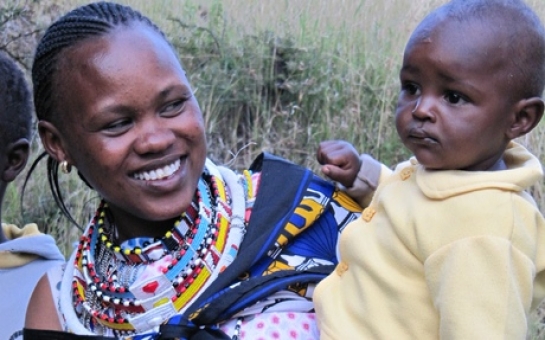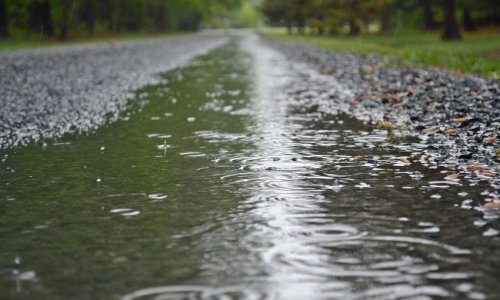My procedure involved the removal of my clitoris, my labia minora and the partial removal of my labia majora. I knew it was going to be painful, and I knew I would have to undergo it whether I liked it or not, but nothing prepared me for the pain. I bled so much that day, and it only lessened with the use of a traditional healing ointment. But the pain got worse and worse. The pain on the third day was unbearable, and I developed an infection.Fifteen years have passed since then, and I have just had my third healthy child, despite the fact that delivering babies after circumcision is hard. Two of my three children are girls – I do not want my daughters to endure what I went through.I choose to call what happened to me circumcision because I do not like to think of myself as having been mutilated. In my Maasai community, a girl who is not "cut" is unable to take up her traditional role as a mother and wife. I know my parents thought they were doing what was right for me when they arranged for my circumcision. I do not blame my parents – the cultural roots of female genital cutting are so embedded in my community that parents believe it is the best thing for their daughters. Girls often want to be circumcised so that they will be fully accepted by their culture.The challenge of eliminating the practice in a culture that sees it as a rite of passage is huge, but the stakes couldn't be higher. Female circumcision has serious health consequences: it can cause death and increases the risk of sepsis, fistulas and vaginal prolapse. Scarring renders sex painful.Until very recently, 98% of girls in the Loita Hills were circumcised. As project manager for a charity, Safe Kenya, dedicated to tackling female genital cutting, my job is to end the practice in my community while also respecting my culture.There are 18 of us who perform traditional Maasai songs, updated with messages about ending female genital cutting to educate our community. After these performances, we talk to men, women and children from across the region to deliver further education and promote change. We started this work in 2008 and, since then, have learned a lot about how to end this violence.Cutting girls is illegal in Kenya, but it is a community decision, so we engage with everyone at all levels in the community – from circumcisers, to young boys, to parents and girls. We know that if we can change everybody's mind then we will end this practice. Our message is that we are encouraging people to change one part of Maasai culture, but not give up all of what makes us proud to be Maasai. As one woman we educated told us: "You come to us in a proper way, in our own language. You are one of us and you would not trick us." Our position means we can talk to people about change and that they listen.Circumcision in Maasai culture marks the transition from girlhood to womanhood, so in order to encourage people to move away from female genital cutting we have developed an alternative rite of passage, in which the girl experiences all the elements of the ceremony but is not cut. She has her head shaved and is given the bracelet that signifies her graduation, but instead of being cut she has milk poured on her thighs. When she reappears, she wears the traditional headdress which symbolises that a girl is now recognised as a woman.This symbolic ceremony is popular because we developed it in partnership with members of the community. It is not perceived as a threat to our culture. Fathers are now requesting the circumcisers who we have trained in this alternative rite because they are considered "better". Because we are giving our community something to replace female genital cutting, this change can be permanent.I am one of the first women in my community to hold a leadership position. I know that what we are doing is helping to challenge the idea of women as able only to be wives and mothers. Together with the men who support us, we are going to end this practice here, in a way that every Maasai man and woman can accept. And we are making steady progress.I speak to lots of mothers and circumcisers and we now think that 20% of girls are receiving the alternative rite. As part of the project, some of the men who used to be warriors teach the new warriors about the dangers of female genital cutting for girls, and encourage them to say publicly that they would marry uncut girls. This is important because one of the main reasons parents have their girls circumcised is to make sure they can find a husband.If we can carry on performing and educating, we can get our community to declare the abandonment of female genital cutting within three years. If we can end it here in my community, we will have the means to end it everywhere.(theguardian.com)ANN.Az
An alternative to female genital mutilation that prevents girls suffering
Society
15:00 | 07.02.2014

An alternative to female genital mutilation that prevents girls suffering
I was circumcised when I was 13, as is the custom in my culture. I am a Maasai woman, and where I am from, in the Loita Hills of south-west Kenya, nearly all girls are circumcised when they begin menstruating.
Follow us !










